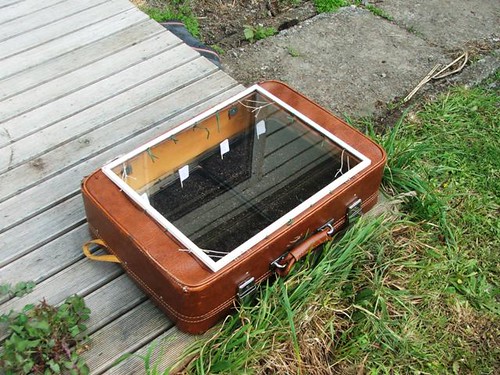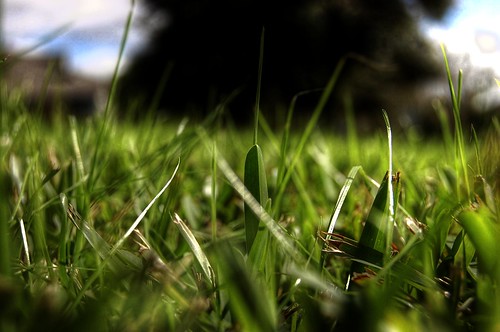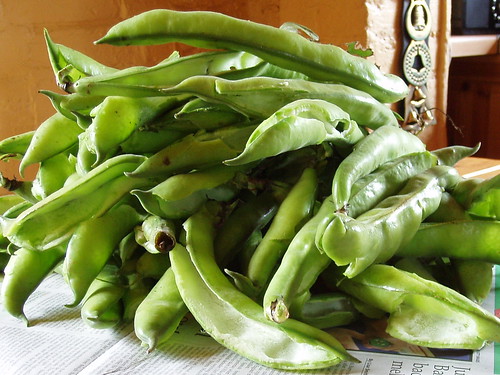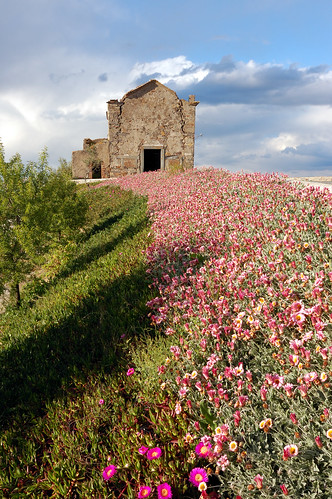1. Hedges not cuted properly
Not cutting the hedge enough is a common occurrence amongst young gardeners – they feel bad for the pretty, small plants so they allow it to grow high. In the beginning the mistake is unnoticeable but after a few years, when it grows a bit, the bottom parts of the hedges become bald. It is far more difficult to make the plants cover these spots then cutting it a bit annually – the more regularly you cut the young sprouts, the more it prompts the plant to grow and propagate.2. Taking plants for weeds
For an amateur all young plants look alike and in the beginning it is difficult to tell what will become, for example, a beautiful flower. That is why often in the spring those future flowers are brutally removed, mistaken for weeds.3. Too much or not enough watering (especially for pot plants)
Pot plants are far more delicate than the flowerbed ones. It is caused by their environment being highly limited and artificial, the water evaporates faster, dooming the plant to wither and roots rot easily when soaked for too long a time. Not fertilized potted plants grow slower than the flowerbed ones, as the soil loses its nutritious value.4. Planting invasive plants
Planting some plants may prove to become the last straw in killing the young gardener’s garden. When they start infesting the flowerbeds, it is very difficult to get rid of them. You need to know at least about these most popular: bistorts, poplar, various kinds of willows, raspberries, blackberries, wild strawberries, strawberries, maples, clematis, honeysuckles, lilies of the valley, anemones, violets, some kinds of pinks, cornflowers, poppies, ferns, daisies, eves, etc. Before planting them you need to think carefully if a good looking arrangement will be good for the garden.More mistakes you can find in original post: Mistakes in gardening you wouldn't be proud off







![Reblog this post [with Zemanta]](http://img.zemanta.com/reblog_e.png?x-id=42dcc9c1-af28-48e4-a83c-c21363e70719)

![Reblog this post [with Zemanta]](http://img.zemanta.com/reblog_e.png?x-id=16024409-fad4-46ff-b880-11372439cd6d)